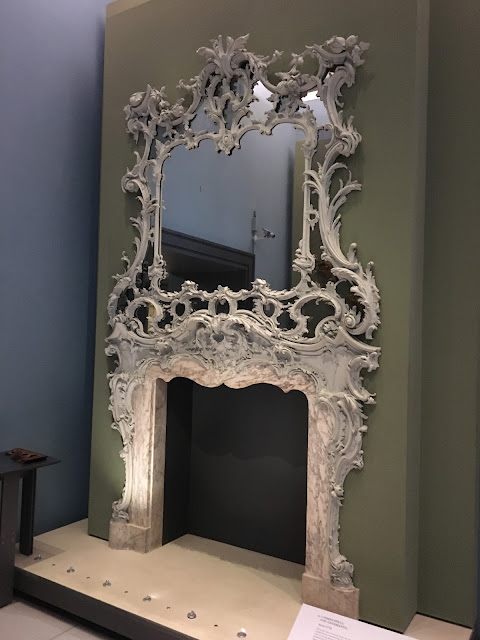On our return journey we stopped off briefly in Lavenham - (apologies for posting, again, images of the Little Hall Museum. I couldn't resist it) - before braving the busy A14. We had two ports-of-call in east Cambridgeshire before getting home: Anglesey Abbey and Burwell church. The former was heaving with visitors as it was snowdrop time and also half-term. It was rather like being in the middle of Cambridge on a Saturday.
Burwell church was an altogether quieter affair. A large church, St Mary was rebuilt in the 15th century in a very sophisticated Perpendicular Gothic. There are earlier bits at the west end. The mason is thought to have been Reginald of Ely - some of the motifs in the window tracery match those dating from the first construction period at King's College down the road in Cambridge where Reginald is known to have worked. The outside is built of flint, although there are a number of flint built churches in east Cambridgeshire very few display flushwork. I wonder why that is? Anyway inside it's a rather grand affair, perhaps the grandest parochial nave in Cambridgeshire, rather than homely; the nave soaring overhead supported on slim piers of dressed clunch, and light pouring in from every direction through the vast windows. No expense was spared by the look of it; the walls above the arcades are fully panelled (no inert wall surface at all), and the walls between the immense chancel windows are decorated with oversized image niches. There is a sort of reasonableness to it all, but not much mystery. A delicacy too, an almost brittle quality to the architecture; and the architecture is all, for there are few if any fittings of worth. A contrast one suspects to the Middle Ages, when colour and fittings would have added, I would hope, that missing sense of mystery. The church was restored thrice in the 19th century by John Edlin and Blomfield (x2). I think it must be to Blomfield that the dubious credit goes for the slightly weird green light in the chancel.


























































